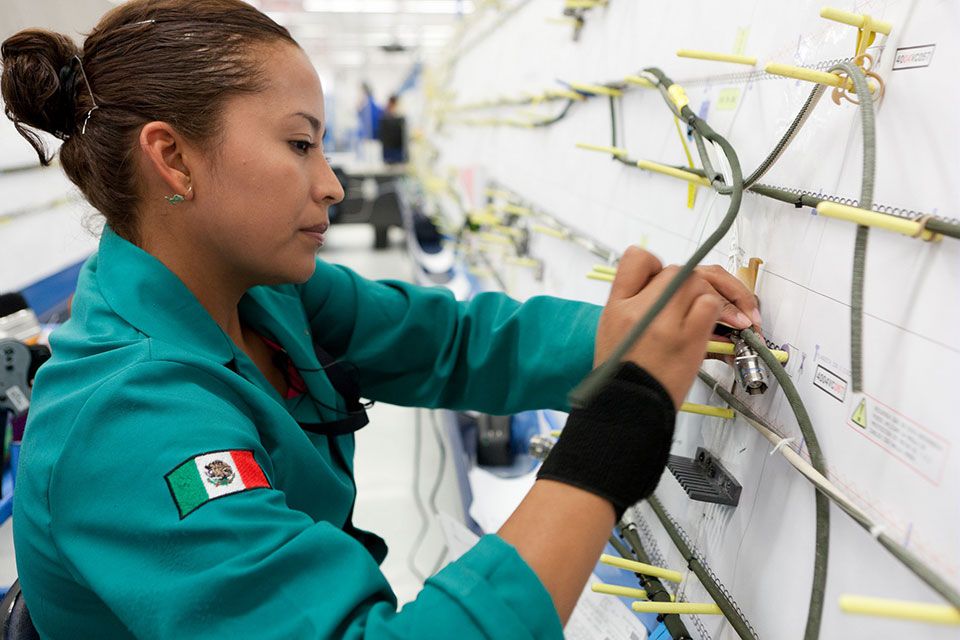Under the USMCA, a mechanism has been invoked to resolve labor disputes in 31 cases through December 2024.
In 2024, the White House Trade Representation (USTR) worked closely with Mexican trade and labor officials. Their objective was to ensure the proper implementation of constitutional and legislative reforms. These reforms call for the creation of new labor courts and an overhaul of Mexico’s labor justice system.
Labor disputes
Open Markets Institute notes that the USMCA’s Labor Rapid Response Mechanism (MRRL) allows workers employed at U.S. companies in Mexico to appeal to the U.S. government when those companies are not obeying agreed labor standards.
As of December 31, 2024, the USTR has invoked the MRRL 31 times, resulting in concrete gains for more than 43,000 workers (including free and fair union elections), more than $6 million in back wages and benefits, and the reinstatement of unfairly fired workers.
The MRRL gives the U.S. government responsibility for enforcing the conduct of its companies. It also gives it greater control, as it has more responsiveness than many of its trading partners.
The Open Markets Institute therefore believes that the U.S. authorities should strengthen this approach. They should also strengthen incentives and compliance mechanisms in future trade agreements. This is especially important in industries such as mining, where labor and environmental records are often negative.
Financial resources
To ensure monitoring and enforcement of USMCA labor obligations, the U.S.-Mexico-Canada Agreement Implementation Act allocates $30 million annually to the USTR and the Department of Labor (DOL) for four years.
In addition, it provides for DOL to post up to five Labor Attachés to the U.S. Embassy and consulates in Mexico. These officers work in close coordination with the USTR Senior Trade Representative and State Department officials at the U.S. Embassy in Mexico City.
In 2024, the United States continued to monitor the implementation of labor reform in Mexico. It also evaluated the budgetary resources earmarked for these changes. The goal was to ensure that Mexico fulfills its commitments in the T-MEC and that both U.S. workers and businesses take full advantage of the Agreement’s benefits.

